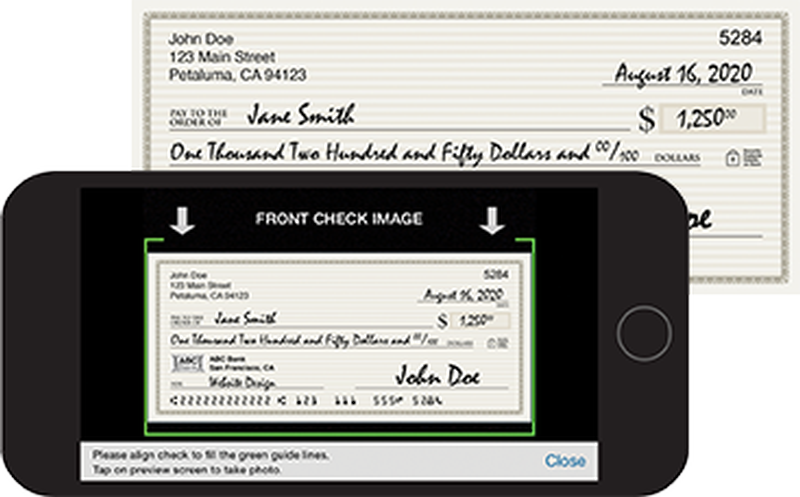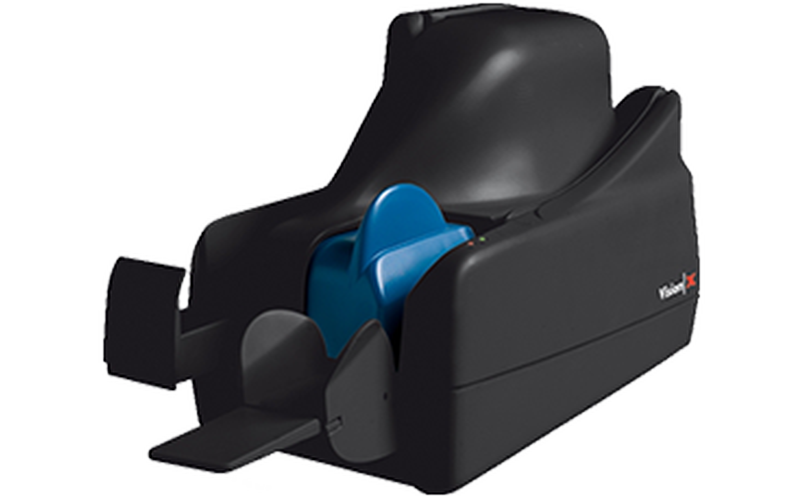Smart Spending Habits Start with Understanding Needs Versus Wants
“You don’t need it!” we often hear parents tell a child pleading for candy near the checkout lane. “But I waaaant it!” the child replies in a whiny voice.
Before our eyes, we’re seeing a child learn the difference between a need and a want, one of the most important spending principles to grasp to help prevent financial difficulties later in life.
Need vs. Want
Teaching children the difference between a need and a want can be tricky. Kids understand they need food but some food is a want (candy) and sometimes the food they need (hot dogs) can also be what they want. Toys versus clothes are more distinct examples for kids. When kids outgrow their shoes, new ones become a need. Toys are rarely a need.
Budgeting
Parents can also help kids understand needs versus wants as well as the fact that money is limited by doing a family budget together. It’s essential when times are tight and a good practice even when the family has more money on hand. With this activity, kids will see how you prioritize needs, like groceries and electricity, over wants, such as tickets to Lakefront Music Fest.
Review the budget periodically to make necessary adjustments and discuss the tradeoffs that need to be made to prevent overspending. Modeling good money management for kids will help instill those habits in them for the future.
Kids can also make their own budget if they receive an allowance. Help them record their income and then subtract for the money they put into savings and for items they need, like a notebook for school, and stuff they want, like candy or a new toy. Done before spending any money, the budget can help kids understand they may not have enough money to buy everything they want or need in a single month and will need to save up money for a month or two to buy those wanted items.
Loans and Credit Cards
When expenses are more than the income in the budget, this opens the door to discussing loans, credit cards, payments and interest. Cash is always best but there is a time for loans. Kids need to understand the cost of those loans before borrowing though. Is the toy – like a new car or boat – worth the extra money to have that toy today instead of in three or six months? These are decisions they will face endlessly in their lives.
There are many online resources available to help teach kids smart spending habits. You can find access many resources at https://NewMarket.Bank/sss.
Karen Ramola is Vice President of Retail Banking at New Market Bank. This article is the third in a series. To read the previous articles, visit https://NewMarket.Bank/sss. While supplies last, New Market Bank is offering kids 13 and under a free “Save, Spend, Share” block bank when they open a new savings account.







